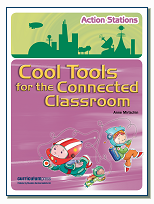Over three years ago, I started to experiment with web2.0 tools. The first tool was blogging but the second one was delicious! This opened my eyes to the wonderful world of web2.0! Here is what I could do!:-
-
Save favourites online rather than in my browser
-
Access bookmarks from any computer with the internet, anywhere around the world.
-
Look at other people’s favourite websites.
-
Create a personal learning network.
- Find many bookmarked sites for topics I was interested in eg podcasts etc
- Find other people who were interested in the same topics.
- Found delicious to be user friendly, useful and great tool to show others the power, benefits of and need for web2.0. It was often used at conferences and staff PD to encourage the use of web2.0.
- Share my online discoveries with others
- The ability to tag and find resources quickly
Delicious featured in my top 10 web2.0 tools for the first two years and was featured in conference presentations that were made. My students were encouraged to commence their own delicicious accounts, especially those in the senior years of school.
It was with sadness that yesterday my tweet feed revealed that Yahoo was considering shutting down delicious (see also post by pcmag). Yahoo has since responded on the future of delicious. Although I also have a diigo account, delicious has always seemed easier and more user friendly.
Here are 10 alternative sites to delicious from searchengineland. I am also intrigued with diigo and the fact that you can create web slides with bookmarked sites. See Michael Ghulin’s post on how to create the webslides and Slide Thinkfinity into the Curriculum with Diigo Slides
Announcements today are saying not to panic and that yahoo is looking for an alternative platform for delicious, so I will do little now, except
- read up more on the alternatives eg exporting bookmarks , Export, Import and Migrate Your Delicious Bookmarks and then ensuring that I move my delicious bookmarks into diigo.
- download a firefox applet that will save bookmarks to both delicious and diigo
Here are some sites to explore on the use of diigo (Thanks to John Pearce)
- Examples of student learning with diigo
- Bookmarking using diigo in the classroom and this youtube video
- Getting started notes for diigo by John Pearce
More alternatives




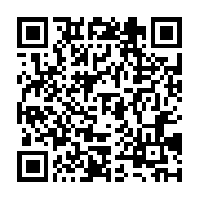




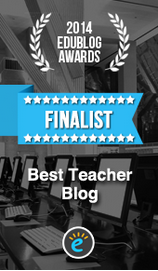


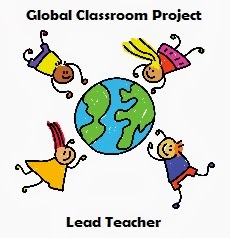
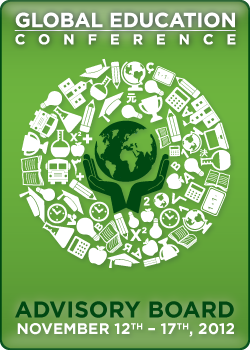
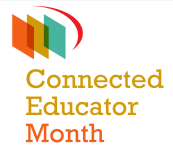
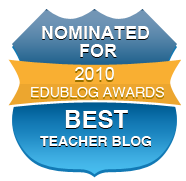




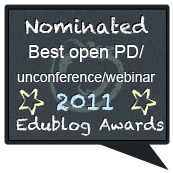
 Twitter/murcha
Twitter/murcha Del.icio.us/murcho
Del.icio.us/murcho GMail/Anne M
GMail/Anne M Blog/Anne M
Blog/Anne M